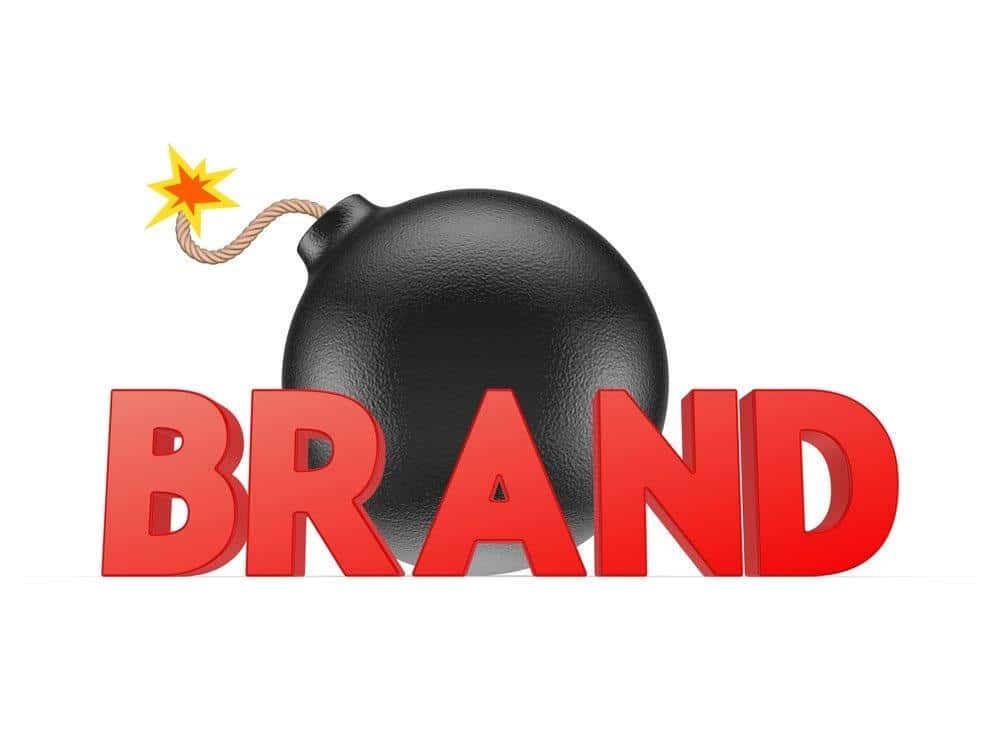 There are thousands of companies that will take your money to provide a logo for your goods or services. But before you pay them, you had better understand exactly who your market is and how your product or service will be delivered.
There are thousands of companies that will take your money to provide a logo for your goods or services. But before you pay them, you had better understand exactly who your market is and how your product or service will be delivered.
Many logos are clever and thoughtful but are not necessarily relevant to the real purpose of a logo. The real purpose of a company logo is to visually communicate a feeling about the product that compels a consumer to take action – to purchase it, to talk about it, to want it, to own it.
Rules to Follow When to Make Good Logos
Company logos should follow certain rules. Many logos don’t follow these rules, but in my experience, logos are improved by considering the following:
1. What’s the venue where the logo will be seen by the decision-maker?
Logos can be for products, services, or companies. They usually contain two elements: a graphic image and a name. It may also contain a slogan. Many company logos are designed on a computer screen in an office. That is not how the logo will be viewed in the marketplace. In the wine business, the consumer will see it on a bottle of wine, for example, on a label that wraps around the curve of the bottle. It will need to stand out on the shelf from four feet away, in harsh fluorescent lighting, amid thousands of other bottles with their own logos all also clamoring for attention.
2. One logo does not fit all.
There needs to be many different versions of the logo, to suit its various uses: on billboards, cartons, labels, brochures, websites, glossy and newsprint ads, in color and in black and white, on letterhead, packaging, and promotional materials. There are at least eight different areas where a logo will be used. Each has its own unique considerations.
3. The logo must have something to do with the product.
It can evoke the feeling you want the consumer to get when they use the product, or it can proclaim the product’s attributes, be it speed, agility, power or status.
4. Your company logo needs to appeal to your market segment
For example, if it’s to appeal to the younger crowd, choose colors and art styles that are popular with them today.
5. Company logos want to be simple – the fewer elements the better.
Save the mystery for the bedroom – consumers don’t have time to figure it out. A good logo doesn’t use too many colors. One or two, tops. Microsoft got away with four colors. The Nike swoosh is a good example of a clean, simple logo. It’s a wing. It hints of Mercury with his winged shoes, perfect for Nike’s athletic shoe business. Apple has a great logo. An apple with a bite out of it suggests access to knowledge, as with the apple in the Garden of Eden. Or, consumers think of teachers and classrooms. And it looks equally good in black and white, and in relief.
Company logos are as varied as colors in the rainbow, but the message a logo communicates must address both the consumer and the venue. It needs to create a positive emotion in the buyer and be easy for them to relate to and remember.
Of course, there’s much more that needs to be said on this subject. What’s been your experience? Michael Houlihan, co-founder of Barefoot Wine, the largest selling wine brand in the nation, invites you to join the discussion on Business Logo with your comments, thoughts, and opinions below.


